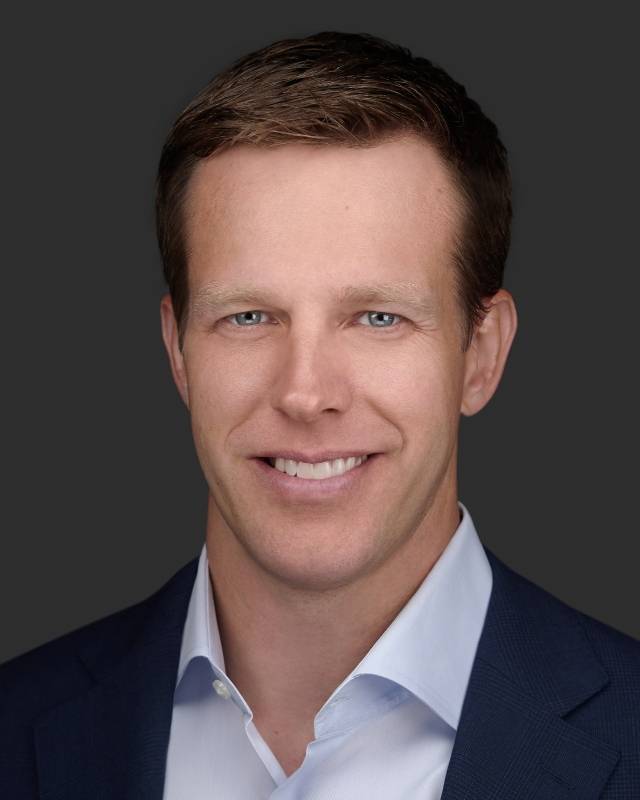Like most things in life, choice is important. Living in an ever evolving digital world, we are pampered with information at our fingertips that make informed choice easier.
Online shopping has transformed what consumers expect from a customer experience—from endless options to same-day shipping—while review platforms and social media have increased the availability of consumer insights on products and services.
We carry supercomputers in our pockets, allowing us access to information anywhere, at any time. In fact, technological advancements in Artificial Intelligence are shaping the way consumers access information; ChatGPT, for instance, provides consumers with the ability to access contextual information to nearly anything with a simple prompt.
Access to information and choice has made consumers demand better options—and rightly so.
Changing tides
How does this relate to insurance? As consumers become increasingly savvy and expect transparency and choice, the insurance industry is shifting its distribution models to meet those demands.
Captive was king. State Farm, Allstate, Nationwide, and Liberty Mutual are just a few of the larger carriers that have (at one time or another) relied on a captive sales team to distribute their products.
Recently, there have been direct and indirect signs that captive distribution is eroding. Liberty Mutual recently announced that its 2,200 agents will now act as a stand-alone distribution through Comparion;1 and Nationwide has taken their captive agency force and gone completely independent.2
Pressure, costs, and policy conversion are driving captive carriers to think differently; for instance, Allstate has cut their captive force.3 You can also see a diversification shift with the traditional captive kings—Allstate and State Farm have acquired agent-distributed companies National General and Gainsco, respectively.4
Direct-to-consumer insurance is not as appealing for carriers as it once was, with competitive acquisition driving up advertising costs. With the emergence of insurtech, we see a parallel distribution strategy leveraging both the independent agency model and direct channels. Lemonade and Next have discretely started to extend their distribution efforts through the independent agency channel.5, 6
Blurring lines
The rise of digital-first agencies, insurtechs, and embedded insurance has led to a blurring of the lines between traditional distribution channels. Some industry experts have been predicting the demise of independent agents for years. However, the independent market continues to thrive, with agents reporting increased confidence in the sector largely driven from the ability of agencies to adapt rapidly.
According to a 2023 survey conducted by NU Property & Casualty, the majority of insurance agents are reporting confidence in the face of direct and online competition. The percentage has jumped from just under 40% of respondents reporting such levels of confidence to more than 57% in 2023.7
There is also a rise of digital-first agencies attempting to capture the digitally savvy consumer.
Similar to what Kayak did for travel—by consolidating multiple options for consumers—digital-first agencies are trying to do the same for insurance. Insurance, however, is more complicated and some of the digital-first agencies are leveraging agents to assist consumers and advise on coverage needs.
Some large carriers have agents working in call centers to convert leads, leveraging multiple carriers’ products.
A few years ago, while attending a conference, I had a discussion with a USAA executive who revealed that in order to provide the best service to its members, USAA offers alternative insurance products from different companies if their own offerings don’t align with the member’s needs.
Now, embedded insurance is all the rage and selling at the point of sale is a part of the process with integrated technology.
The reality is that the shift in the market occurred across all areas of distribution—large independent agencies are creating digital direct channels and are being embedded into local real estate and mortgage offices; large agencies are offering more and more options in their agencies; and digital agencies are building teams of agents to better advise and support their customers.
The lines are blurring as to the true definition of what an independent agency is because agencies are trying to meet the unique needs of their customers, and are solving that problem in different and unique ways.
What is a Choice Agency?
At Openly, we believe agents that offer choice will win in the short- and long-term. By providing transparency and choice, everyone benefits: consumers, agents, and carriers alike. Choice is ultimately where agents can offer their most valuable asset: as advisor to a consumer or business.
A choice agency offers options in terms of carriers, lead sources, communication preferences, values of the agency, and strategic focus. Not all agencies offer the same options; the key is that they provide different options to meet the needs of their customers. The bottom line is that agencies who offer choice will continue to thrive and grow.
Our why
At the heart of Openly’s mission is transparency and choice. These are two values we live and breathe every day. That’s why we chose to distribute our product through choice agencies, allowing them to sell multiple products and provide consumers with the best combination of coverage protection and price.
Ultimately, we believe that by offering choice, everyone wins.
1 Liberty Mutual. “Liberty Mutual Insurance Launches Comparion Insurance Agency for Its 2,200 Exclusive Agent Team.” Published 2 November 2021. Accessed 17 March 2023. https://www.libertymutualgroup.com/about-lm/news/articles/liberty-mutual-insurance-launches-comparion-insurance-agency-its-2200-exclusive-agent-team
2 Nationwide. “Nationwide successfully completes IA transition.” Published 29 June 2020. Accessed 17 March 2023. https://news.nationwide.com/nationwide-completes-ia-transition
3 Insurance Journal. “Allstate to Cut 3,800 Jobs as Latest Step in Multi-Year Growth Plan.” Published 1 October 2020. Accessed 19 April 2023. https://www.insurancejournal.com/news/national/2020/10/01/584756.htm
4 State Farm. “State Farm® to Acquire GAINSCO.” Published 4 January 2021. Accessed 17 March 2023. https://newsroom.statefarm.com/state-farm-to-acquire-gainsco/
5 Andrew G. Simpson. “How Lemonade is Deciding Who May Sell Its Insurance.” Insurance Journal. Published 20 November 2017. Accessed 19 April 2023. https://www.insurancejournal.com/news/national/2017/11/20/471784.htm
6 Carrier Management. “Next Insurance Makes Room for Agents After All.” Published 12 September 2019. Accessed 19 April 2023. https://www.carriermanagement.com/news/2019/09/12/197749.htm
7 Elana Ashanti Jefferson and Ted Besesparis. “Independent insurance agents: Thriving in difficult times.” PropertyCasualty360. Published 1 March 2023. Accessed 17 March 2023. https://www.propertycasualty360.com/2023/03/01/independent-insurance-agents-thriving-in-difficult-times/




